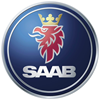
Saab 9-3 Saloon (2002-2011) review
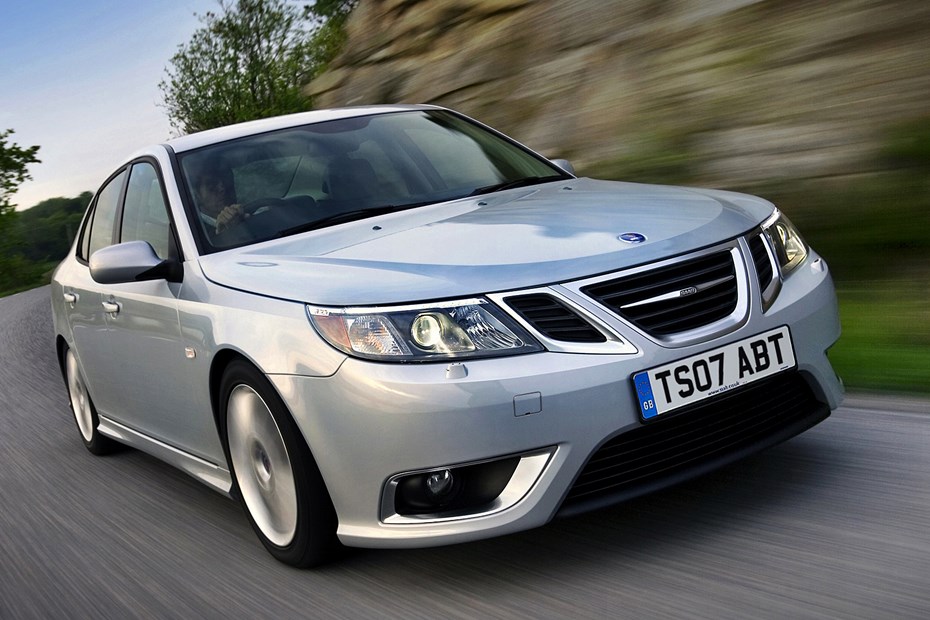
At a glance
| Price new | £17,350 - £33,550 |
|---|---|
| Used prices | £336 - £5,863 |
| Road tax cost | £35 - £760 |
| Insurance group | 18 - 41 |
Get an insurance quote with

|
|
| Fuel economy | Not tested to latest standards |
| Range | 319 - 791 miles |
| Number of doors | 4 |
| View full specs for a specific version | |
Available fuel types
Petrol
Diesel
Alternative fuel
Pros & cons
- Stylish saloon, convertible and estate options
- Driver-focused from dashboard to handling
- Defunct brand, yet consistently popular as a used buy
- Starting to look and feel dated
- Uninspiring to drive
- Cramped rear seats
Saab 9-3 Saloon (02-11) rivals
Overview
The Saab 9-3 produced between 2002 and 2011 is one of the best cars GM offered in Europe. Safe, stylish and distinctive without any challenging quirks or failings, a popular new car has become a great used buy.
So what’s the enduring appeal of Saab, and why is the 2002-2011 model 9-3 such a good buy?
Saab 9-3 known faults and common problems
Most Saab 9-3s are owned by enthusiasts now, though their high-quality build ensures a reasonable number are enjoyed by drivers looking for a reliable used car too. Sportwagon diesels in particular make a good value, stylish family hauler – so check for the abuse of load lugging and school runs throughout the interior.
Turbocharged models will need careful examination if you want years of trouble-free motoring, but are more than capable of delivering. Look for signs of aggressive driving and uneven tyre wear as warning signs, similarly look for a clean engine bay, plenty of service receipts and details like both key fobs and a clean interior.
Top 10 problems
Buying guide – common issues, and what to look for if you’re looking at getting a Saab 9-3:
1. History and condition
Check your new car’s MOT history online before viewing. Check both key fobs are present, replacement and programming is expensive.
2. Four-cylinder petrol engines
On V6 models look for leaks from the turbo oil lines. On all petrol models, check for regular oil changes and clean oil.
3. V6 petrol engines
The 2.8-litre models can be expensive to diagnose ignition faults on.
4. Diesel engines
On diesel manual models, listen for the characteristic squawks and rumbles of a failing dual-mass flywheel when releasing the clutch. All diesels are at risk of EGR failure – 2.2 models are particularly vulnerable.
5. Suspension
Rear suspension pads wear, causing knocks on sharp bumps. Anti-roll bar mounts can seize – listen for groans and rattles on speedbumps.
6. Electrics
Alternators are prone to failure on 1.9-litre diesel models.
7. Interior
Some interior trim is fragile, such as the dummy handbrake. Ensure all LCD displays are working, as replacement is expensive.
8. Transmission
Auto gearboxes need regular oil changes and flushes – if there’s no history of fluid changes, buy with care or find an appropriate warranty.
9. Getting new and used parts
Spares availability is surprisingly good, but some trim items for SportWagons are expensive
10. Headlamp efficiency
Discoloured headlight lenses can often be polished clear
What style of Saab 9-3 is best for me?
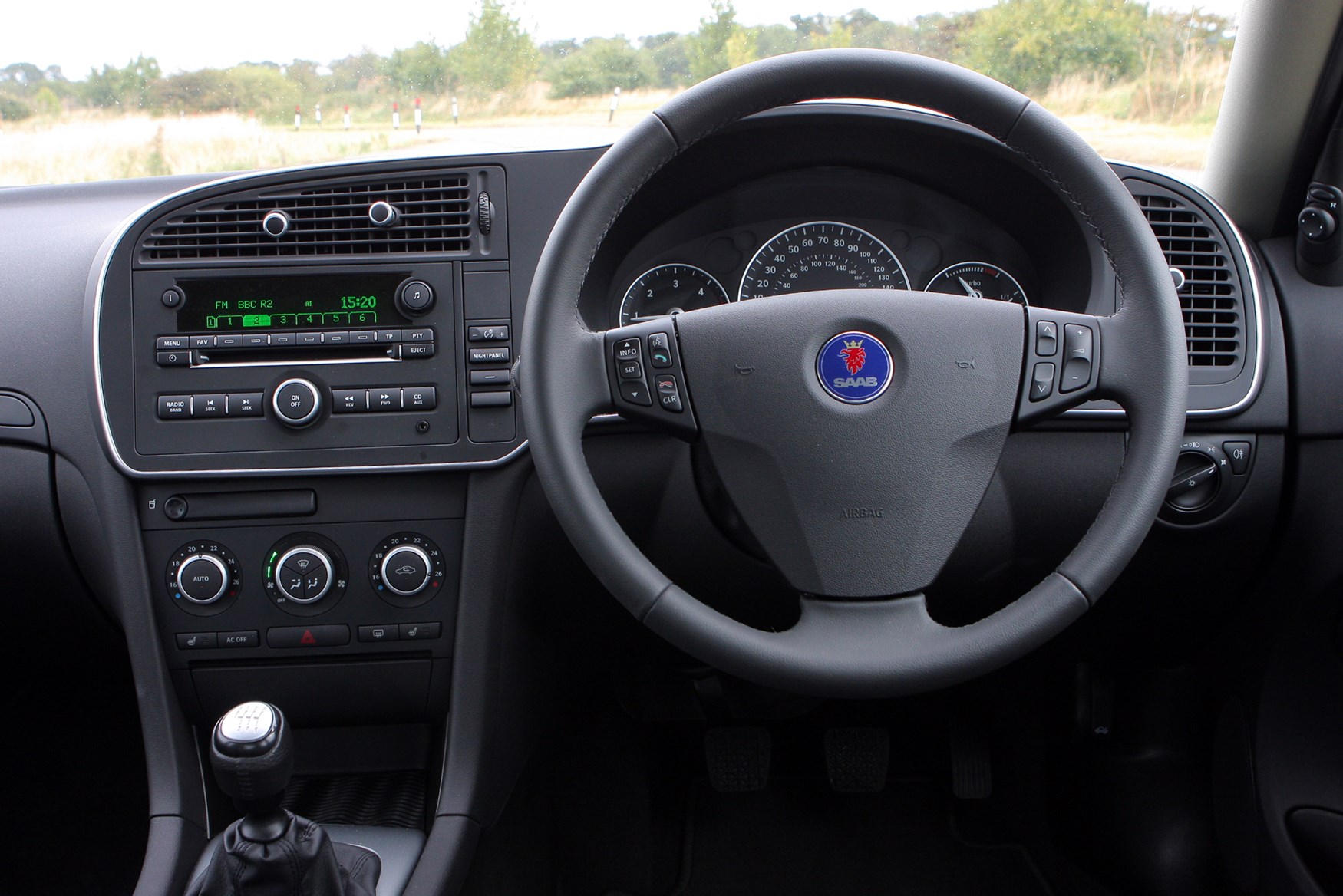
All models share a common front end style and interior/cabin, which includes features like a central information display, distraction-free black-panel mode and Saab’s trademark ignition key next to the gearlever. Even on the most basic specifications, the seats are ergonomically designed with excellent whiplash protection and superb support for long journeys, and the view from the cockpit-inspired dashboard gives a feeling of being in control of something quite special.
Dig around and you’ll find a few less satisfactory features – many of which can be attributed to General Motors’ desire to save money in mass production – but overall, the Saab meets buyer expectations better than some BMW and Mercedes-Benz models of the time.
Between 2002 and 2011 you could choose a swoopy four-door saloon and an accomplished four-seater cabriolet; in 2005 a compact sports estate joined the range. Finally, for 2009 an all-wheel drive estate with raised suspension was introduced as the 9-3 X.
Where is Saab now?
Possibly one of the truly inexplicable losses of the 2008 financial crisis, General Motors sold Saab to Dutch supercar manufacturer Spyker after a prolonged period of uncertainty lasting to the end of 2010.
During this period of negotiation, which included the sale of some of Saab’s intellectual property to Chinese firm BAIC (a situation loosely mirroring that of MG Rover and SAIC five years previous), Saab introduced a second-generation 9-5 and a completely new crossover 9-4X (selling just 614 units in Sweden and America) made in Mexico.
Spyker’s ambitions to keep Saab solvent through new Chinese partnerships were blocked by GM, failed, and in 2012 the Swedish firm was declared bankrupt. NEVS – National Electric Vehicle Sweden – acquired Saab’s assets and initially proposed using the brand, but has now opted to release new cars based on the 9-3, with electric power, under its own brand.
So Saab is gone, but the 9-3 continues as an advanced electric car in China – and the previous generation 9-5 remains in production with BAIC as the Senova D70 and D80, still powered by Saab’s classic H engine. Where the 9-3 Convertible once dominated four-seater soft-top sales, the Vauxhall Cascada is GM’s spiritual successor… when did you last see one?
How much should I pay for a Saab 9-3?
9-3 Saloon used prices: £495 – £7,650
9-3 Convertible used prices: £615 – £8,215
9-3 SportWagon used prices: £505 – £7,145
9-3 X used prices: £3,375 – £7,610
List price when new: £17,350 – £33,550
- Find a used Saab 9-3 for sale on Parkers
- Read Saab 9-3 owners’ reviews
More advice from Parkers
- Used cars content on Parkers
- Best used drivers’ cars for less than £1,000
- Best modern classics to buy and invest in
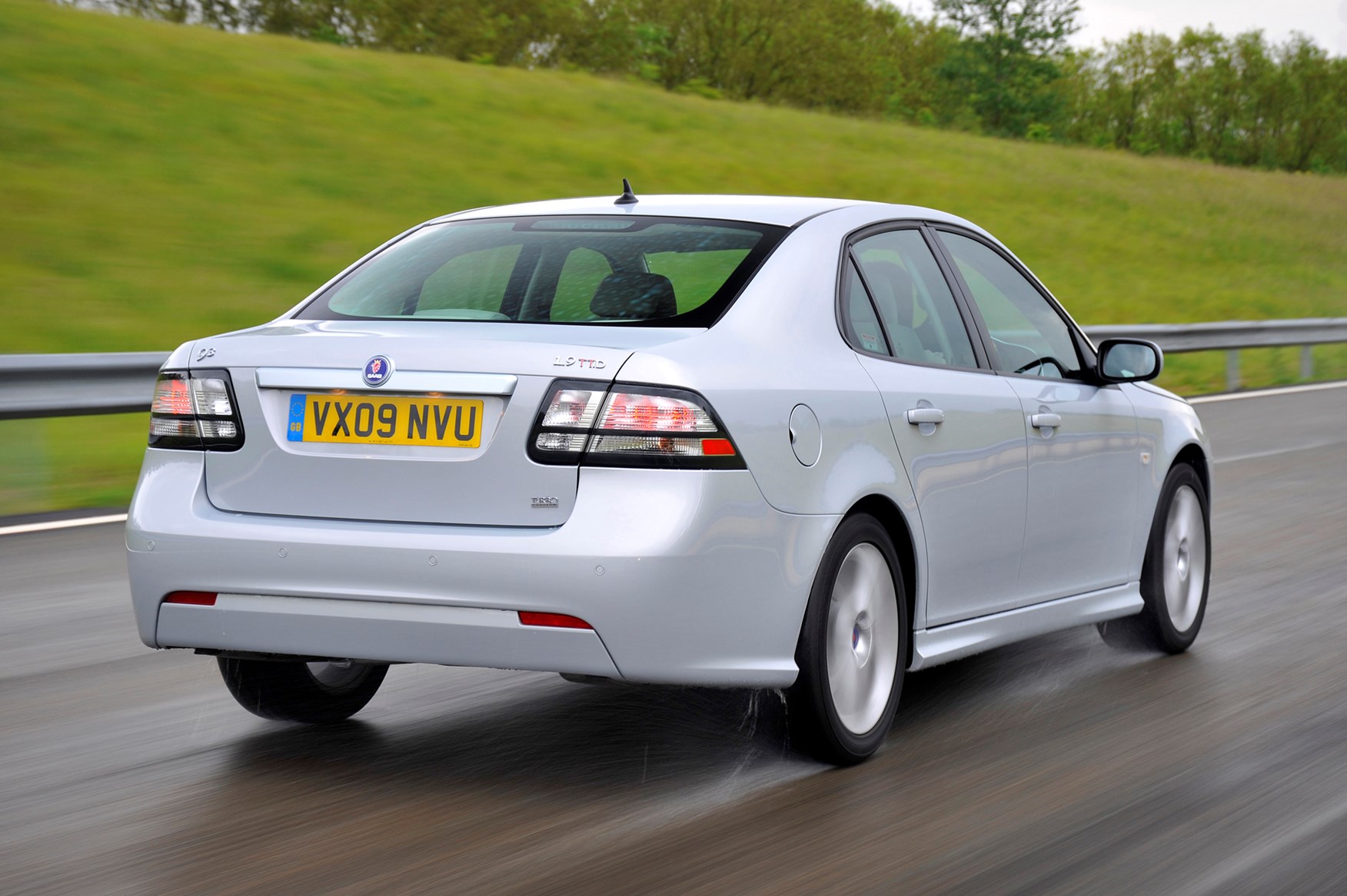



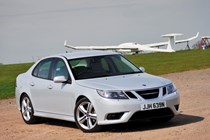
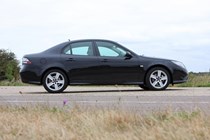
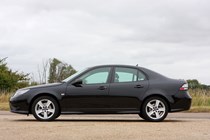
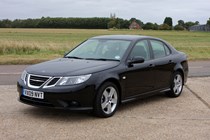

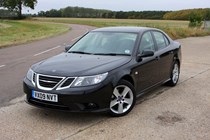


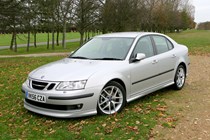
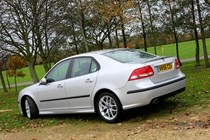
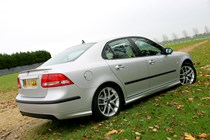

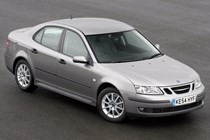
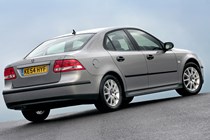
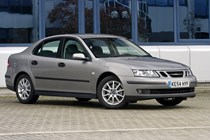
.jpg)
.jpg)
.jpg)
.jpg)



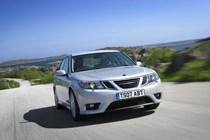
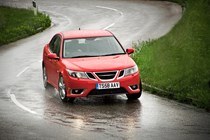
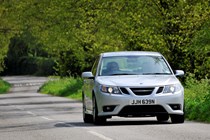
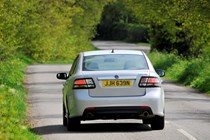
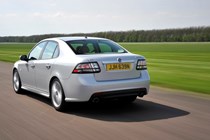
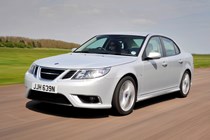
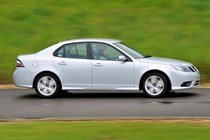

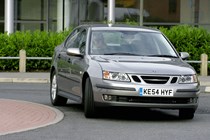
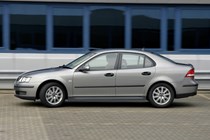
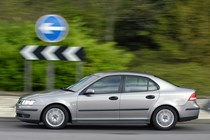
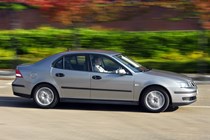

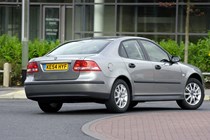
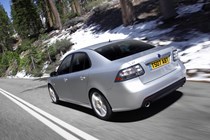
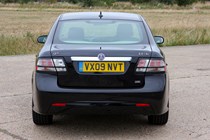
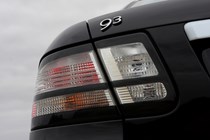
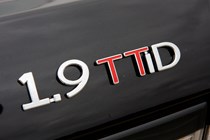
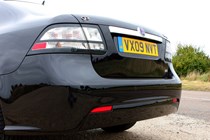
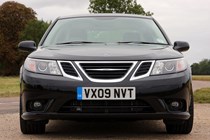
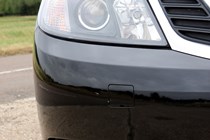
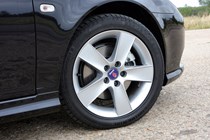
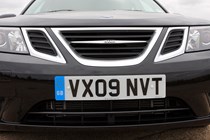
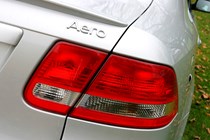

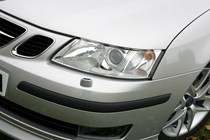
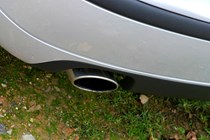
.jpg)
.jpg)
.jpg)
.jpg)
.jpg)
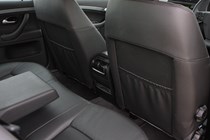
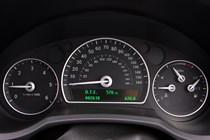
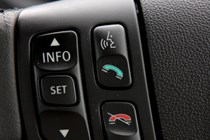
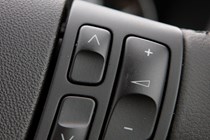
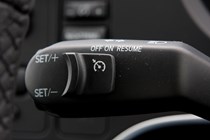
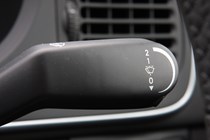
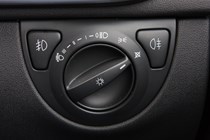
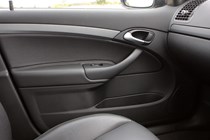
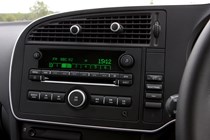
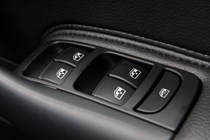
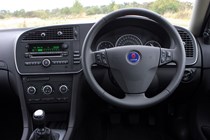
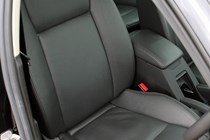
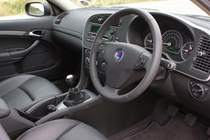

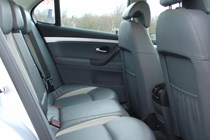
.jpg)
.jpg)
.jpg)
.jpg)
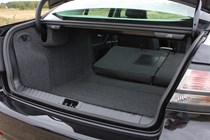
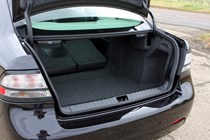

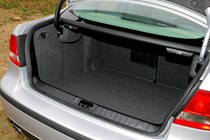
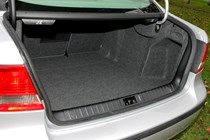
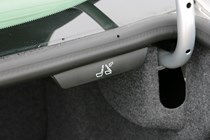
.jpg)
.jpg)
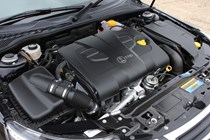
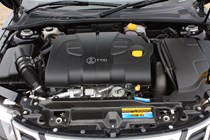
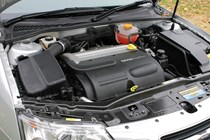
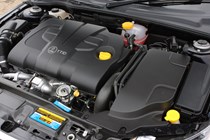

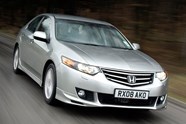
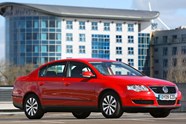
















.jpg?quality=50)
.jpg?quality=50)
.jpg?quality=50)
.jpg?quality=50)






























.jpg?quality=50)
.jpg?quality=50)
.jpg?quality=50)
.jpg?quality=50)
.jpg?quality=50)















.jpg?quality=50)
.jpg?quality=50)
.jpg?quality=50)
.jpg?quality=50)






.jpg?quality=50)
.jpg?quality=50)



